When Ayo Janeen Jackson steps on the dance floor, her petite 5’2” frame glides rhythmically through space with lightness and grace. Her body is strong, honed through years of classical ballet and modern dance training, but she appears to be buoyed by energy bigger than herself. “Just to wake up and be thankful that I have this career—I feel like I have wings,” she says.
Over the course of our conversation with the dancer, choreographer, and teacher in her Harlem, New York, apartment, she spoke with a mix of deep sincerity and playfulness on topics including art, family, and Buddhist meditation. Her broad smile lights up when she talks about her career and the people who helped her along the way. “Some of my earliest childhood memories surrounding dance were just feeling like, ‘Oh, I have a mission to fulfill,’” she says. “I feel, not just supported, I feel like this is a possibility.” Today, after years of passionate practice and commitment, it’s a reality.
Watch the video above and read on to learn more about Jackson’s inspiration as an artist, what she’s learned through meditation, and why she believes everyone can benefit from dance (yes, even you!).
You started taking ballet classes when you were 5 years old. Was there a moment when you realized dance was your calling in life?
I went to the North Carolina School for the Arts for my last years of high school, and even then I had no idea I would become a professional dancer. My first year of college I apprenticed with Bill T. Jones/Arnie Zane Dance Company. I think it was then that I realized. I got the opportunity to see professional dancers in their element, learn from them, find understanding about, not just about movement, but how to take care of one’s self as a dancer, as a human, in New York City, as an artist in New York City—how is that feasible? Only then did I feel like I understood and felt comfortable with the notion of owning my artistry and becoming an artist.
How did you discover styles of dance outside of ballet?
When I was at the School for the Arts I was introduced to modern dance and jazz. In my mind I felt like I had more freedom than I did in ballet. It gave me the freedom that I needed with a nice technical foundation. I’m able to do so many more things. When you have a nice foundation, you’re able to take bricks and make different looking houses. Or you’re able build with any kind of material. When you have a nice foundation, you can do anything. School gave me that.
How did you build a career in dance?
I was an apprentice with Bill T. Jones and I just stayed in contact with the company. When I auditioned there were probably 350 girls, but something inside of me wasn’t nervous at all, because I’d been working with this company. And this company was magic for me. It gave me the means to say what I wanted to say. Bill T. Jones is highly political, and he makes you really think. And he really took me on as a mentee. So he really pushed me mentally, physically, and spiritually. I felt like I was really being sculpted as an artist. And so now I’m able to work with him today as his associate for projects outside the company.
I also explored the commercial dance scene for a while. I danced with a pop star, I did an opera with Julie Taymor and some other projects, and then I moved to France to dance for Ballet Preljocaj. It was very exciting. It was like I was a caterpillar and I really just became this wonderful butterfly. I didn’t know the language. I learned it while I was there. We had ballet class for two weeks; modern class for another two weeks. And every one of these teachers had a different style. So it was about caressing my accent within dance and really articulating my style and incorporating it into what they were asking of me.
What is your intention as a dancer and teacher?
I’ve realized that my mission as a dancer, as an artist, is just about creating peace in the world. And that comes from having serenity within myself and a sense of appreciation. I’m so grateful for the people who have helped me get to this point—my mother and my father and my sister. My grandfather who’s passed about five years now. Whenever I think of it or think of him, I never think of a sad moment.
What have you learned through teaching?
Both my parents are professors. My sister’s a teacher of English as a second language. She lives in Saudi Arabia. So I’ve always grown up watching people prepare for class, prepare to teach. My sister basically said, “What you have to do is act like a momma bird. You have to chew up the material, and then feed it to them. As you’re giving them the material, break it down so that there’s nothing left to be asked.” Every person learns in a different way. For example, if I say something like, “The spine should move like water,” somebody might pick that up. If I picked up a pearl necklace and waved it back and forth like that, somebody else might get that imagery. Somebody else might need to just see it physically done. So that’s been an amazing learning experience for me as a teacher.
What are some of the things you see your students discover through dance?
Dance is not only a physical activity. Of course when you’re doing workouts or doing cardio, jumping around, moving, you’re using your physical body. But with dance, you also get to incorporate the left and the right sides of your mind. The constructive left side of the brain and the creative right side of your brain. You’re using your math skills. Because the music can be like one, two, three, four, five, six, seven, eight; one, two, one, two, three, four, five… Finding the rhythm and then finding that rhythm in your body as well is a mind-body connection. Then spiritually, it’s uplifting. I know especially in black churches, they use it for expression of emotion. So there’s a sense of freedom there. If you can feel that for like five minutes a day, how amazing! Also, dance, like any other workout, releases endorphins, makes you happy, is a stress reliever. And also dance helps create a nice sense of balance. You’re using your core, stretching, releasing tension. You’re also finding alignment, poise, grace, and confidence.
Tell us about your meditation practice.
I practice Nichiren Buddhism. And I was introduced to the practice nine years ago through a friend and it excited me. The practice itself consists of chanting morning and night, and study. Faith, practice, and study are the three pillars. I chant “nam myoho renge kyo,” which means “devotion to karma.” I’m devoting and committing myself to the act of karma through sound vibration. When I say that, I’m able to basically clean the mirror of my life, look at myself, and look at who I am. I see the things that I’m afraid of, things that I would like to discover more about myself. I’m able to clean my mirror and see how I can help others.
You mentioned you grew up in a Christian family and you’re very close with them. How did your parents react when you started this practice?
At first they were a little bit like, well, “What is it?” And I was still figuring it out, so trying to explain it to them was a little difficult. But they saw so many changes in me. One day my mom said, “I don’t know what’s gotten into you, but I like it.” I just felt like I, not only did I mature; I matured as a human. I matured spiritually. I see the bigger picture now. It’s not just about me. It’s about how I can surrender my ego and shift my consciousness. When there’s a specific problem, I can pull myself way out and think, “Well, I’m just on this dirty rock floating in the middle of the universe. So that problem is meaningless.”
Are there certain places or aspects of your environment that are important to you personally?
I draw inspiration from the street right here. Frederick Douglass Boulevard is very colorful. I’m also highly interested in visual artwork so I hang around a lot of visual art people who I’m able to gain inspiration from. I also have a meditation space in my apartment. It’s my space to go back, to get back to me. I have a shower to cleanse myself. I have a kitchen to eat. And then I also have this space to be spiritually free.
What would you say to someone who says, “I cannot dance, I have no rhythm!”
What’s important for someone new to dance to remember is that creativity and imagination are huge elements. Nobody can take your power away. That’s yours. You own that. It’s like courage. The power of dance helps with self-esteem. It helps with confidence. For a small amount of time, you’re in control. You’re creating. You are designing basically what you want your body to look like. And I know it might be hard, but it’s not about getting to a specific place. It’s about the journey on the way to this place. And having fun and finding the joy and being in the power of now. (Related: Try one of Ayo’s dances at home with this tutorial video!)
If someone only has a few minutes every day to dedicate to wellness, what do you suggest they do with their time?
If someone doesn’t have a lot of time, I would suggest one of two things or both, if you have 10 minutes. I start the day with a nice self-massage when I wake up in the morning. And I go over things that I’m thankful for. Either, yeah, this massage feels good; or the cup of coffee or cup of tea that you’re about to have. And then second, my favorite, is put on your favorite song, stand in front of your mirror and just shake—like Taylor Swift says, shake it off—literally. I like to do a lot of hip movements, and then arms, just to get your body moving. Nothing technical, just you, yourself, and your favorite song to start your day.
Is there a mantra or text that you return to over time to keep yourself inspired?
I’m entitled to miracles.
What’s the best advice you’ve ever received (and who was it from)?
The best advice I ever received was from my dad. From the time I was in third grade, he was prepping me. I think he thinks that I’m his little discipline somehow because he’s always giving me advice. One thing he says a lot is, “Be in a position to win.” He got it from his coach, Jim Valvano, at North Carolina State University. You might not win every game, but at least put yourself in a position to win. And that always makes me feel good. Because then I think, well, I know I can try my hardest. And if I try my hardest, even if it doesn’t look like I won that specific game or that specific time, I’m winning in my life. Because every day I have to show up, working my hardest. Even if that means resting. Whatever it takes.
Jackson would like to extend special thanks to Albert Redo Regester, Fran & Rudolph Jackson, Nichole Jackson, Bill T. Jones, Janet Wong, Donna Faye Burchfield, and the dance instructors at UNCSA for all their support in her career.
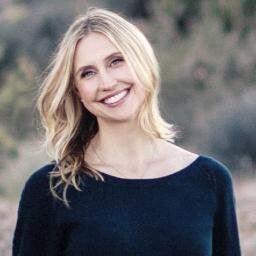
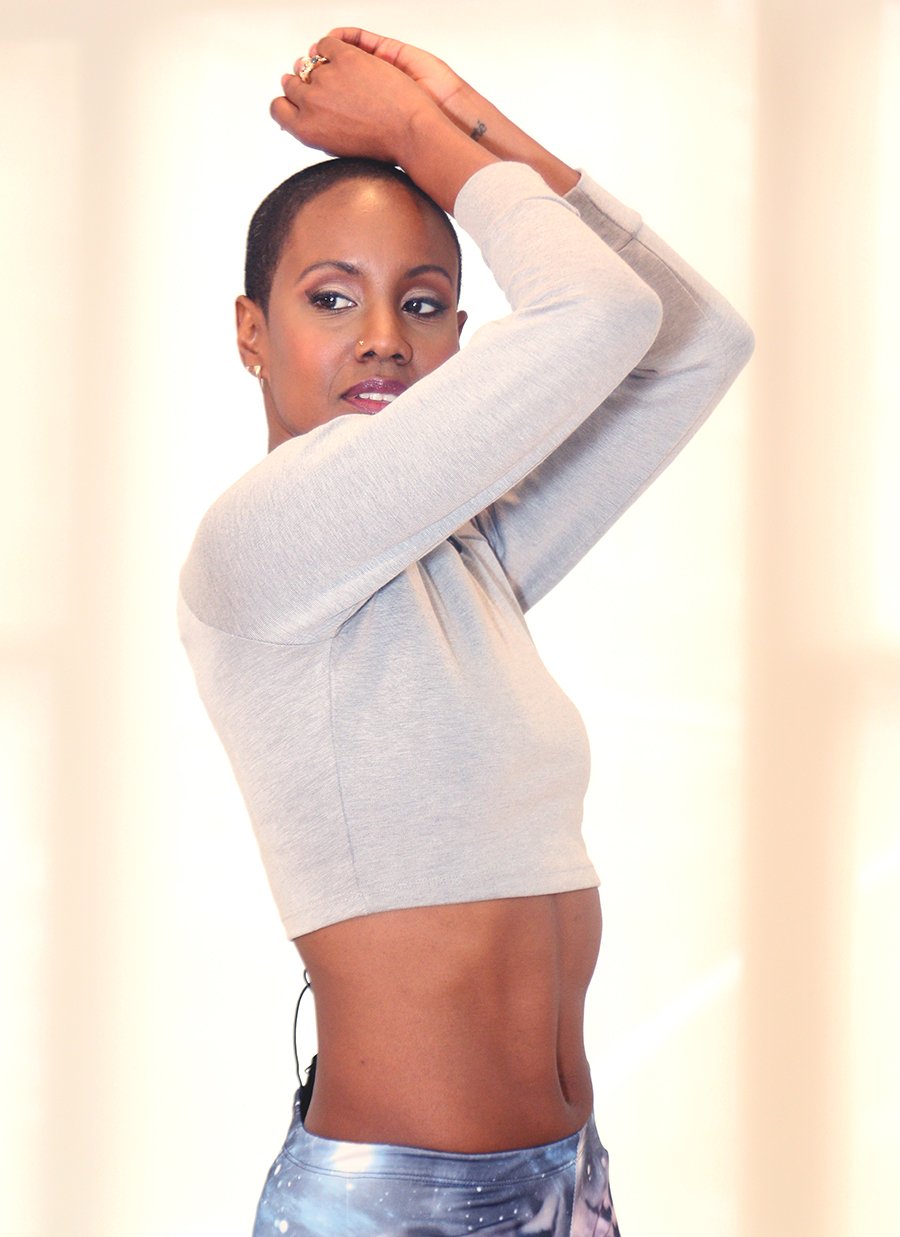
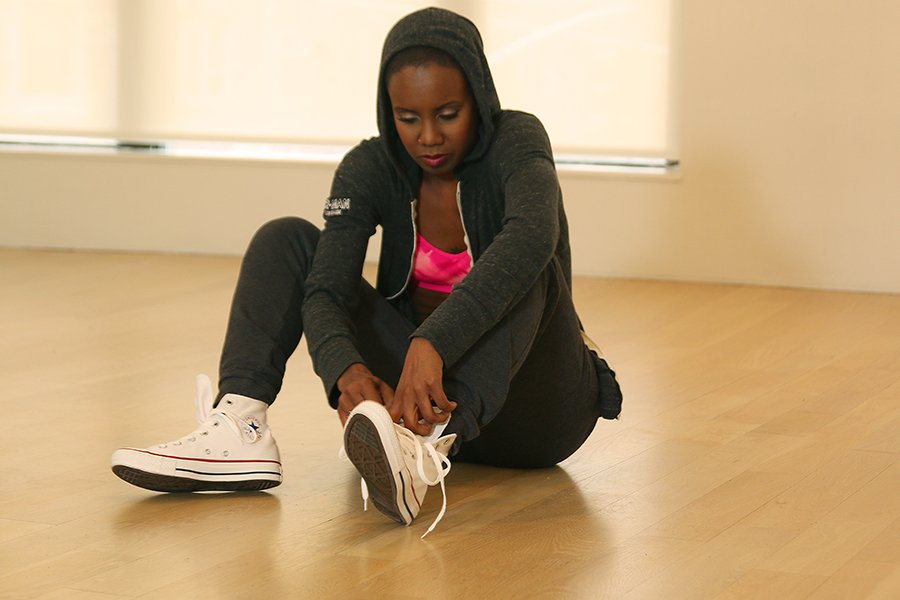
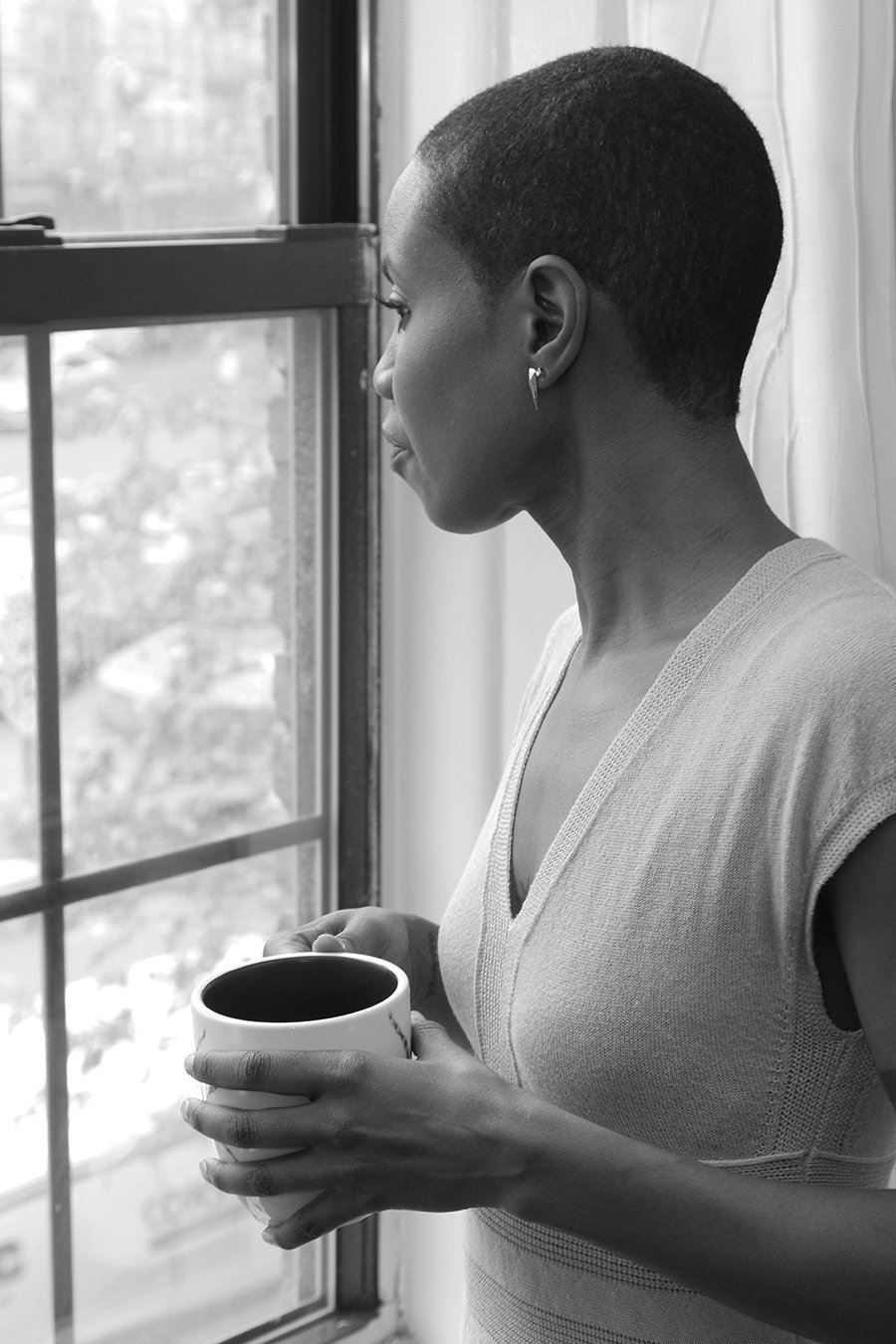
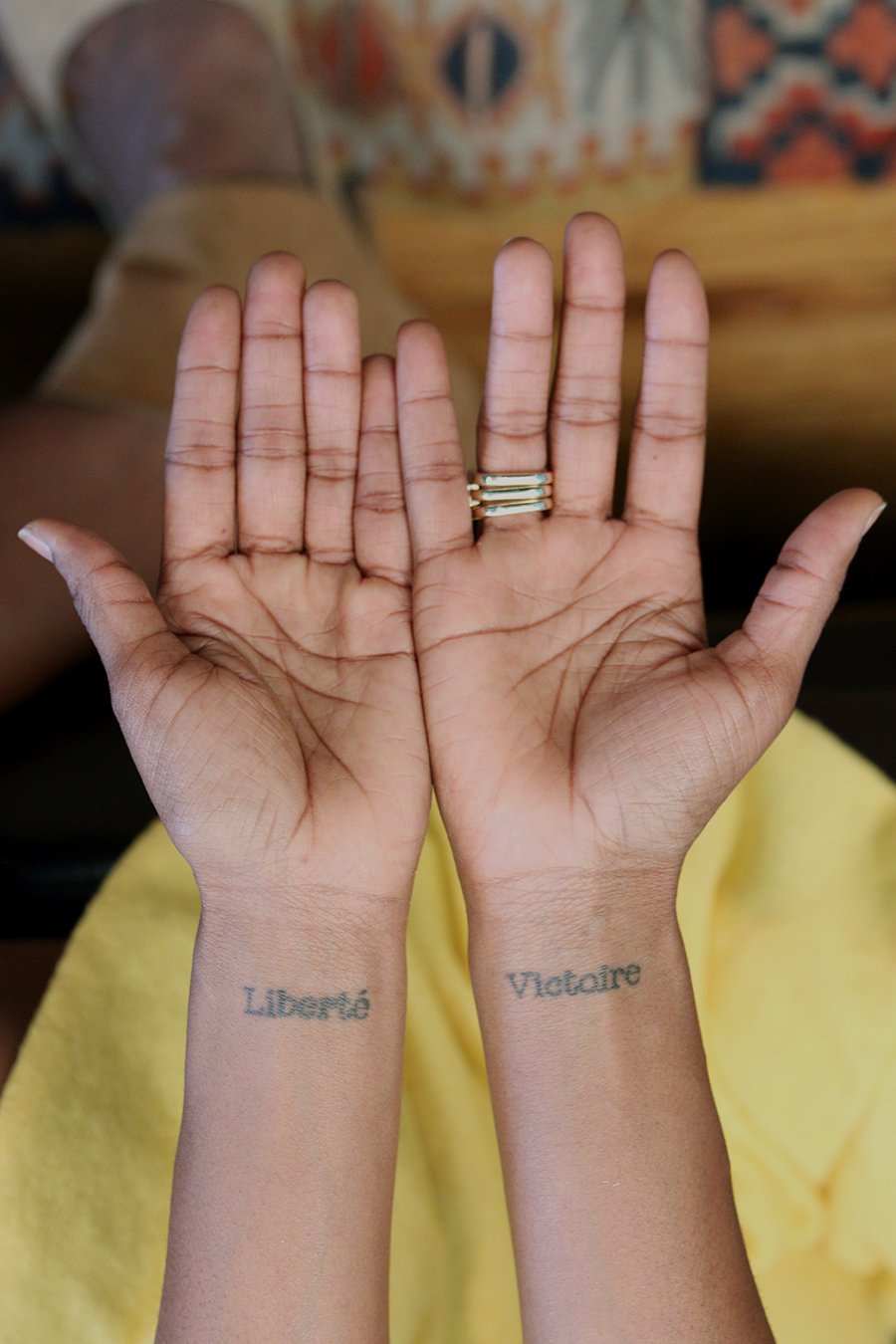
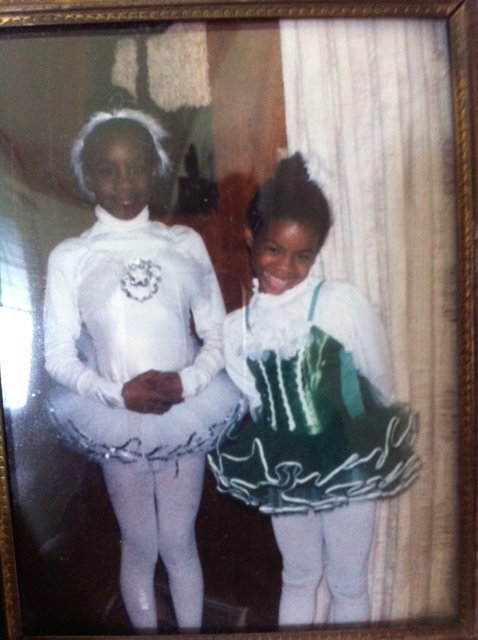






Comments (0)